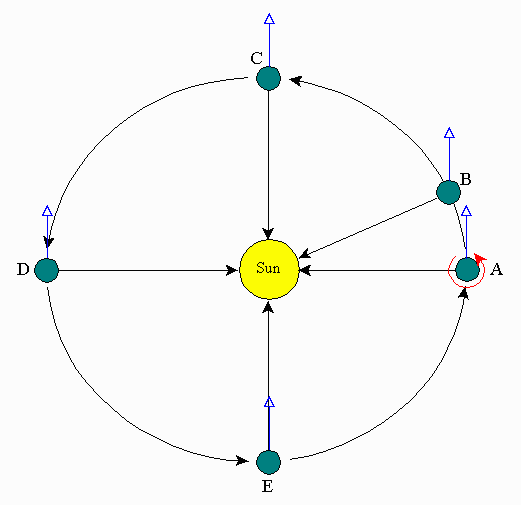When people talk about astronomy, especially when it comes to aging systems, stars or other concepts that relate with age, the term sidereal year is mentioned.
This term is defined in science as the measure of time for a planet, star constellation or celestial body to complete its orbit around the sun, in terms of angular measure (degrees) as the unit of measurement and in regards to its position from the sun.
To add on the definition, it is the concept that introduces orbits and rotations in the solar system. According to studies, the time for a certain constellation to complete a single revolution or to complete a 360 degree around space skies and then return to their original positions in Earth skies is then called the sidereal year.
In relation to the rotation and revolution of the earth, the term sidereal year comes in when here because of the planet’s rotational speed and direction. As the earth revolves around the sun with nearly a degree per earth day (23 hours and 6 minutes), the rotation of the planet on its axis makes the direction of the earth differ, thus making the different seasons as well.
Once the direction of the earth is towards the sun, then it becomes spring. The direction of the earth also defines the local noon and meridian in a certain area of the world.
Also, this term is different from that of solar year. A solar year has little more days than that of a sidereal year, for a single sidereal year is a quarter less compared to a solar year.

